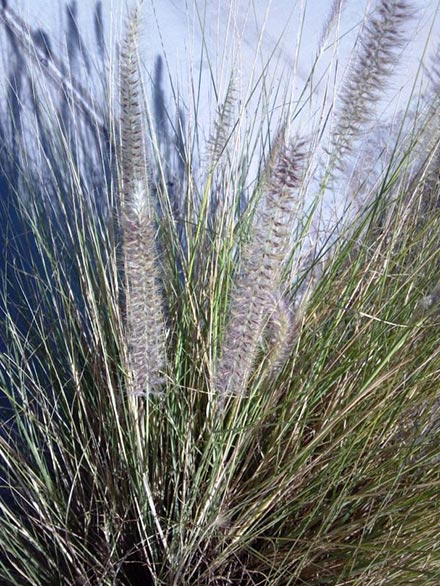 When we hear that a plant is a weed, we often envision something unpleasant to see, touch or have nearby, such as a stinging nettle or some thistles. If that were true, weed control would be less challenging than it is – everyone would want to remove the pests!
When we hear that a plant is a weed, we often envision something unpleasant to see, touch or have nearby, such as a stinging nettle or some thistles. If that were true, weed control would be less challenging than it is – everyone would want to remove the pests!
The unfortunate fact is, a plant need not be ugly to pose a big problem. Some of our most environmentally destructive weeds were actually introduced as lovely landscape plants. Only after they have become overly successful, crowding out members of the native plant community, does their negative potential become clear.
One of those pest plants is green fountain grass, Pennisetum setaceum. It has thrived throughout the world wherever it has been introduced. In the Western United States, its drought tolerance gives it an advantage over less tolerant native or introduced plants.
For the complete description, how to control it and replacement plants, use the link below to download the PDF version.
O'Callaghan, A. M., and Robinson, ML
2014,
Green Fountain Grass,
Extension, University of Nevada Reno, FS-14-11


